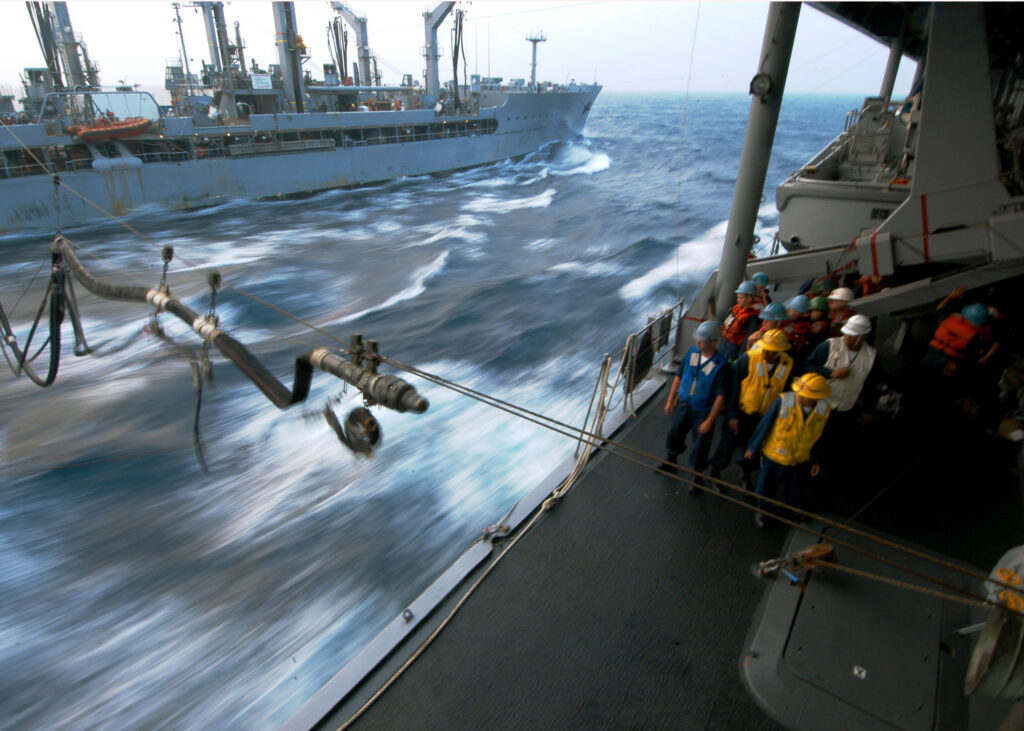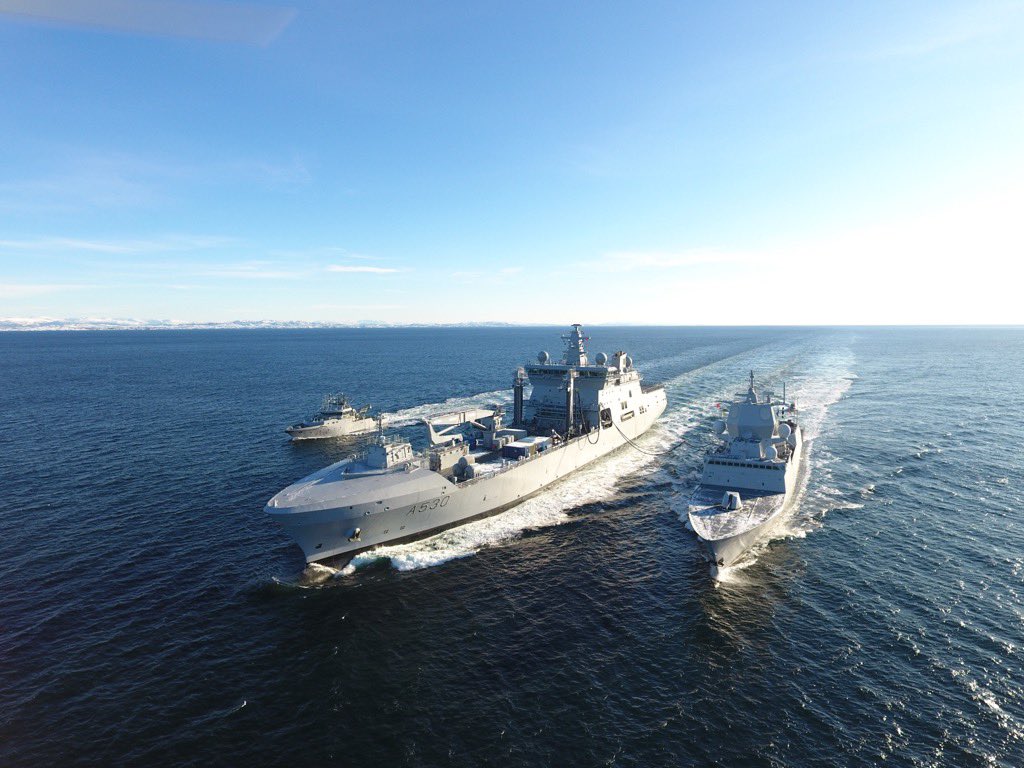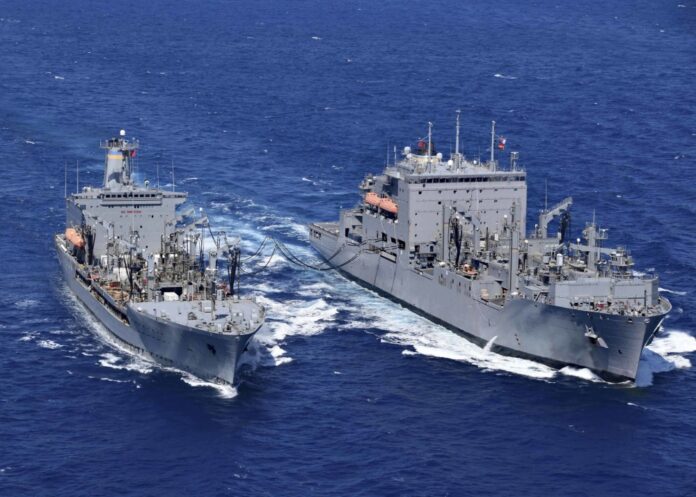“Replenishment at sea” or “Underway Replenishment” is one of the most critical issues of naval operations. Because most of the naval ships need fuel transfer at regular or irregular intervals since they have a conventional propulsion system. For this reason, replenishment at sea is one of the topics that most occupy the planners. Because when planning fuel transfers at sea, in addition to the positions and distances of the ships, the dimensions of the danger to be exposed are also calculated, and replenishment is conducted when and where the tactical situation allows.
Logistic issues define the boundaries of an operation. So, the supplier ships are generally considered as High-Value Units. They should be protected against any threat to keep the combatants operational. HVUs are high-priority targets for opponents, especially for submarines. The routes of the HVUs should be secured by combatants closely or remotely. During an underway replenishment, their sensitivity against threat increases, the protection of the replenishing units should be provided by the other assets.
Execution of the Underway Replenishment:
“Underway Replenishment” can be defined as “connected replenishment (CONREP)” when the ships are physically connected with cables and passing stores, weapons, or fuel. There is another kind of underway replenishment called “vertical replenishment (VERTREP),” which is far less restricted so that this answer will focus on CONREP.
In a CONREP, the supply ship maintains the base course and speed, and the receiver vessel manoeuvres alongside closely. Lines are passed across, and ultimately cables are passed to the receiving ship, connected up. The cables are then tensioned by the supply ship using big hydraulic rams/shock absorbers. At that point, the vessel would be pulled into each other by the tension, except the receiving ship steers .5 to 1 degree away from the base course to counteract the tension and maintain a consistent distance away (we typically used a standard of +/1 10 feet distance from the desired distance.

Once the cables are stretched, the crew pulls the fuel hose over (it hangs on pulleys from the tensioned cable), and the probe on end connects into a bell-shaped metal nozzle on the receiving ship. Once connected, fuel is passed (typically around 2,000 gallons per minute per hose, which sounds like a lot but not when you are taking on several hundred thousand gallons of fuel! Ships typically would request two hoses (one forward, one aft) on separate rigs, which meant we were getting 4,000 gpm, and a typical fuel UNREP might involve as much as 2 hours or more alongside in this very restricted position).
If receiving stores or weapons, once the cable is connected and tensioned (to different locations on the receiving ship than the fuel stations), the stores’ ship would send over a trolley cable system (suspended from the tensioned cable) which allowed them to winch the stores/weapons pallets over and us to lower them to the disconnect the load and send the trolley back over for the next pallet. The transfer process might take an hour or more.
Why are the ships vulnerable during underway replenishment?
The ships are most vulnerable when connected because they are very restricted in their ability to manoeuvre. They can change course, but only in 2-3 degrees increments, steady up, then the following 2-3 degrees, which is a prolonged process. In an emergency, there are procedures (which we practice all the time) to conduct an emergency breakaway, get everything disconnected and then go to max speed and clear the supply ship so we can manoeuvre, but it still takes some time. While alongside, you typically have to modify air search radar coverage to ensure not to fry the supply ship (and their crew) with high-power radiation.
There also may be some restrictions on weapons employment because of the crew working topside receiving stores/weapons/fuel in the vicinity of the guns or missile launchers. Radars and sonars would be somewhat blinded by all the noise coming from the supply ship, some of the systems should be taken to the standby position to avoid mutual interference.
So the ships are;
-Restricted in the ability to manoeuvre.
-Usage and coverage limitations of sensors.
-Crew working near weapons meaning they are at risk in case of fire, while connected for refuelling.
How to mitigate the risk:
Generally, the supply ship stations near the centre of a strike group (near the carrier) or task group where the screen of escorts can protect both it and the ships being supplied. Ships take turns coming in, taking on supplies, and then going back to the screen while the next ship comes in. The screen ships provide ASW and AAW support to defeat threats against these units.
Additionally, there is almost always a ship in the lifeguard station about 1/2 mile behind the supply ship ready to rescue anyone who should fall overboard from the supply ship or ships resupplied in the UNREP. That ship is fully able to monitor things and engage if necessary.




